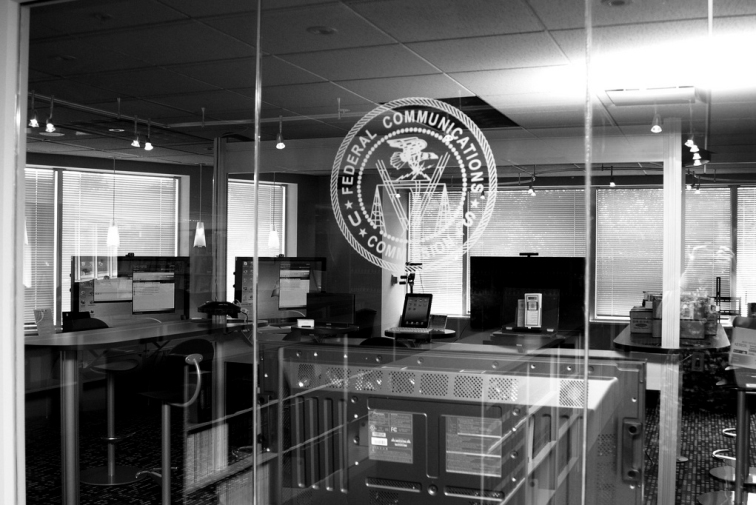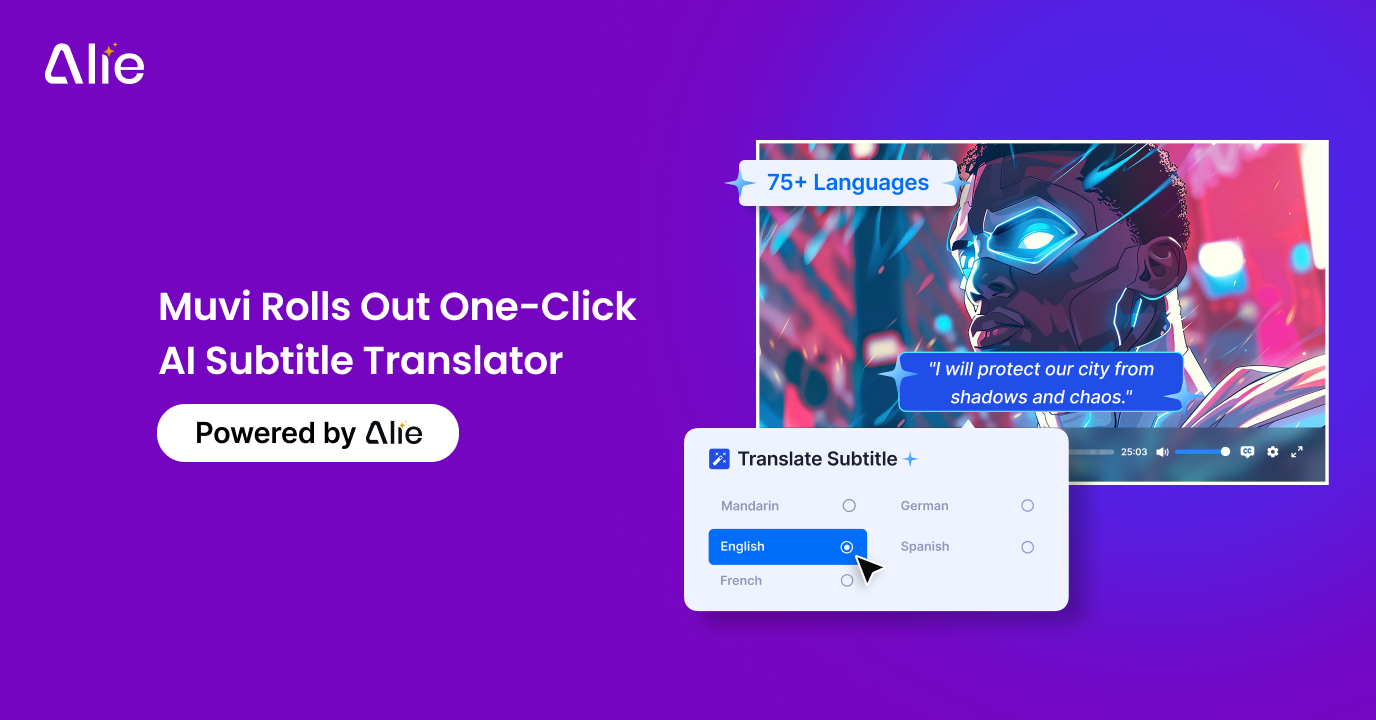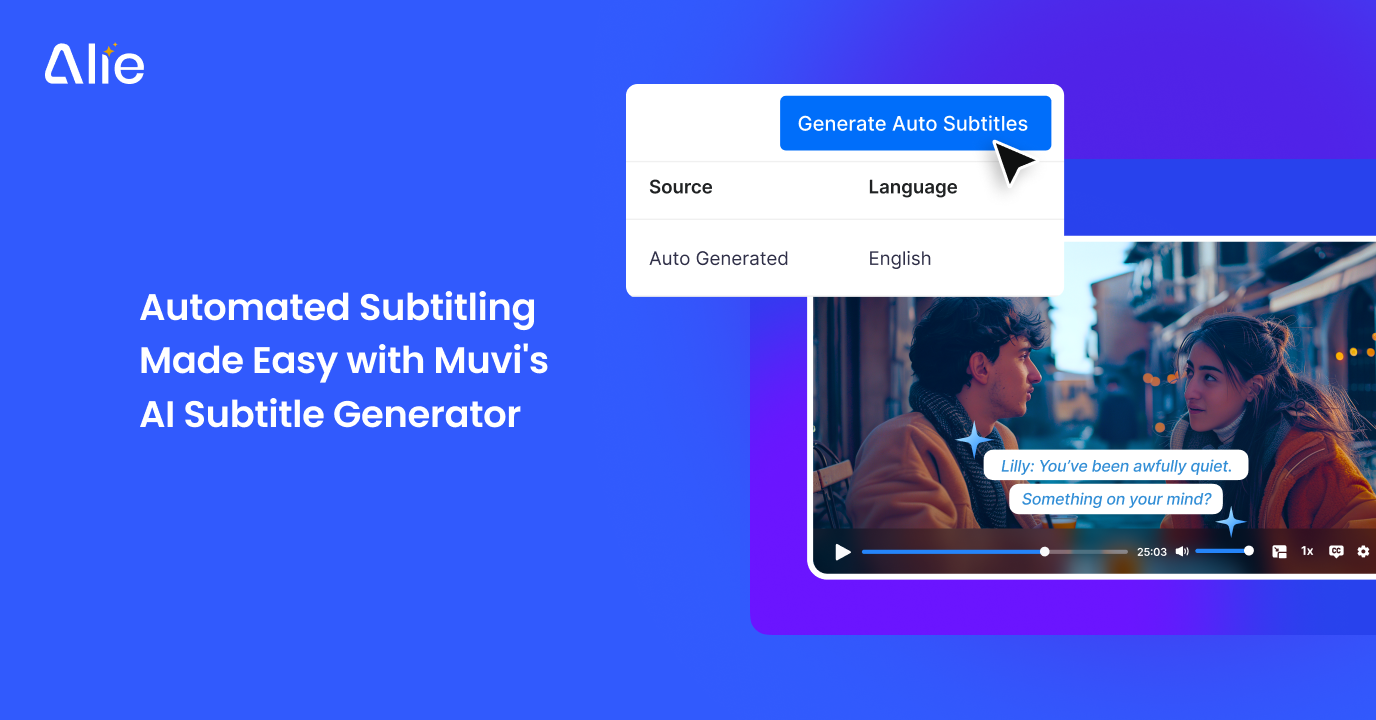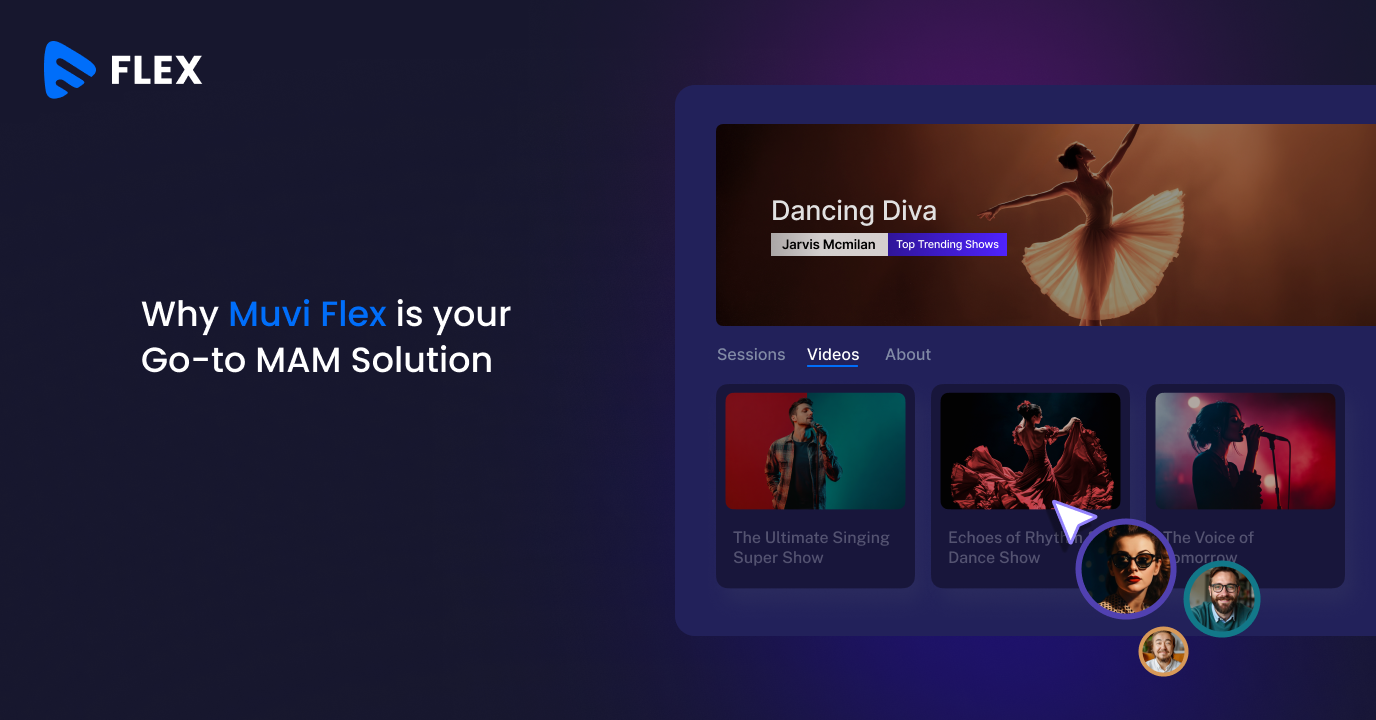Written by: Roshan Dwivedi
The work of the Downloadable Security Technology Advisory Committee (DSTAC) has come to an end, and the committee’s final report is proof that there are still two fundamentally opposing views of how pay-TV services should evolve in the Internet era. Asked by the Federal Communications Commission (FCC) to provide recommendations on an industry-wide downloadable content security solution — one that would replace outdated CableCARD technology and drive more innovation in the market — committee members split along familiar lines.
On one side, multichannel video programming distributors (MVPDs) have proposed an apps-based approach that makes pay-TV services available on third-party devices. On the other side, TiVo Inc., Google and others are recommending a virtual headend strategy that would require pay-TV providers to separate out their video content from any proprietary user interface. This would allow third parties to create new UIs and new features that leverage both pay-TV and online video on demand content.
The DSTAC’s final summary report is not yet available to the public, but the basis for the group’s recommendations can be found in working group documents posted online on the FCC website.
Read the entire story here.














Add your comment